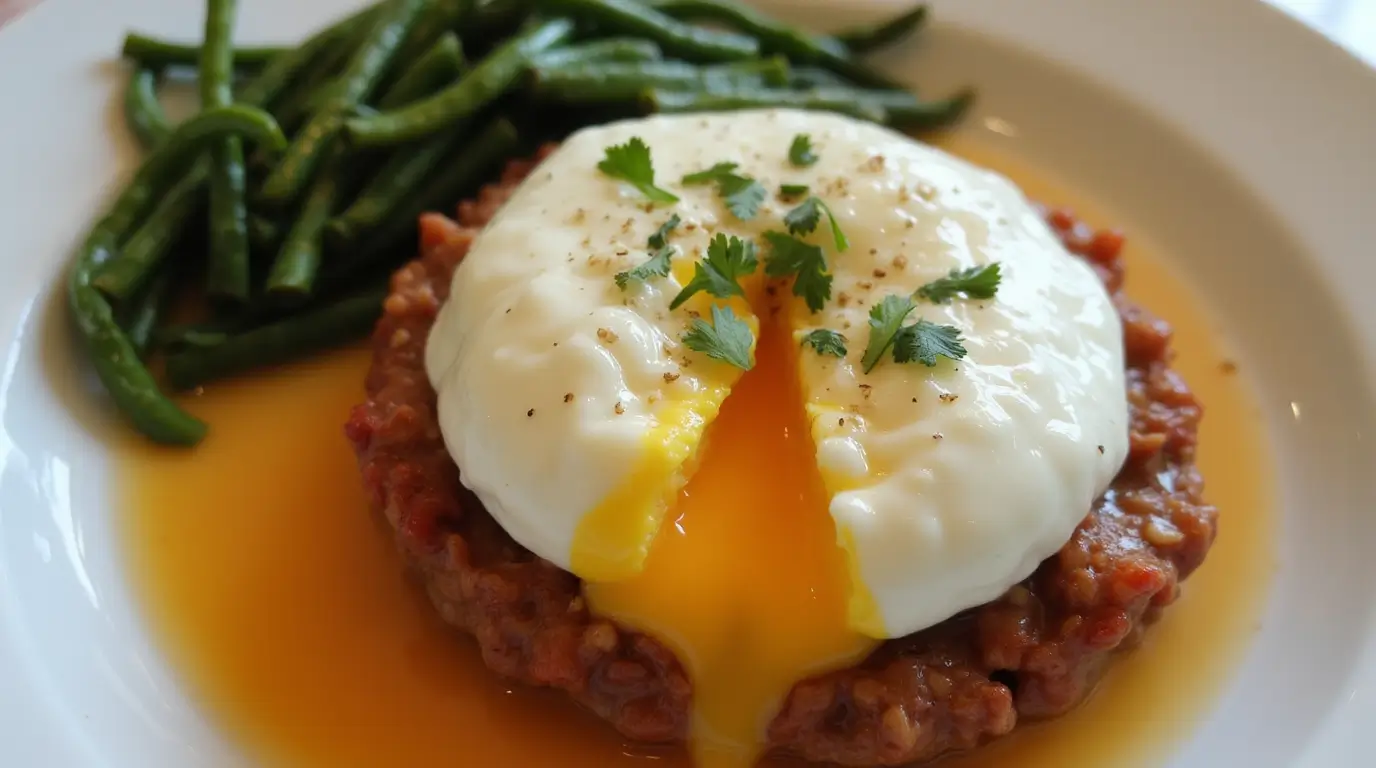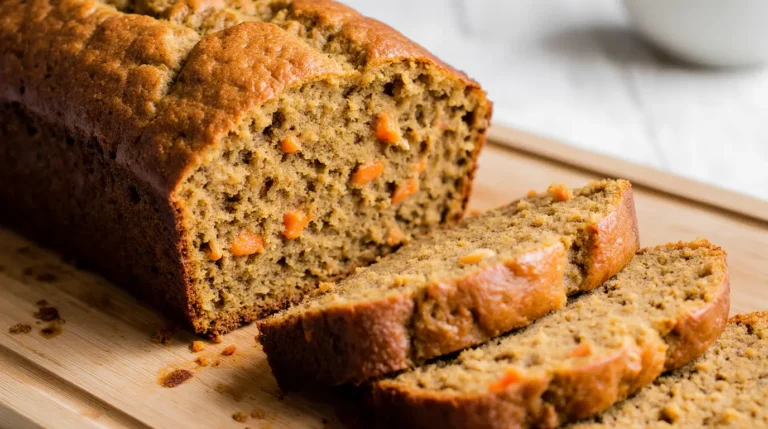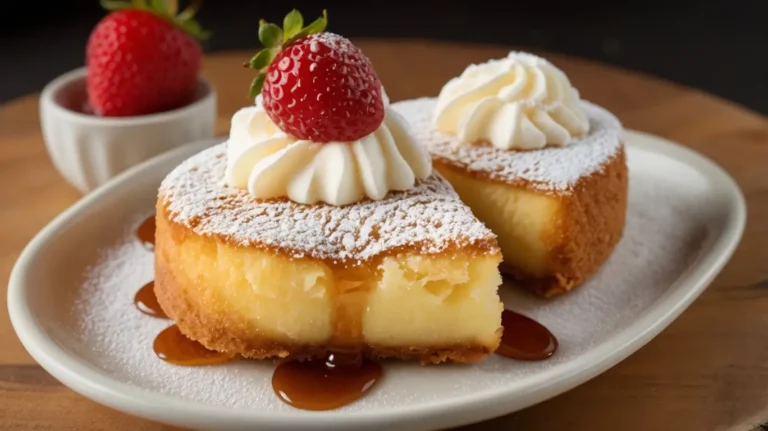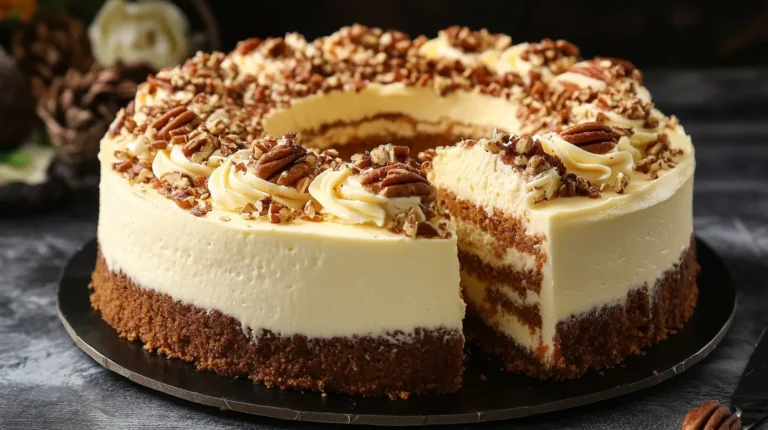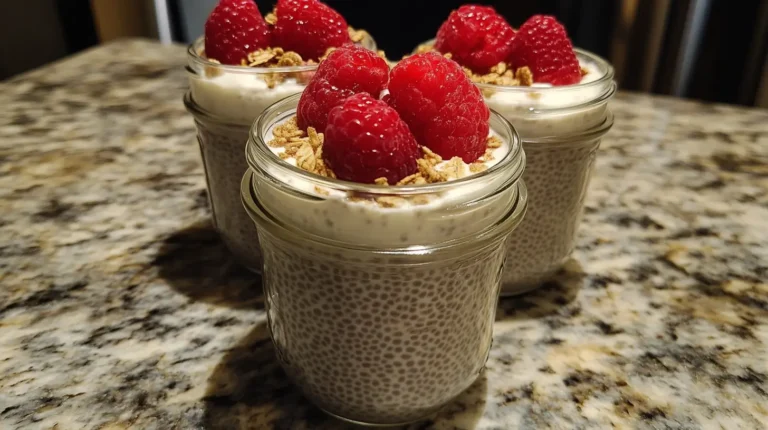Poached Eggs: 5 Irresistible Steps You Love To The Perfect
Table of Contents
Poached eggs are a timeless kitchen staple. Whether crafting a nourishing breakfast or looking to elevate a simple dish with extra protein, learning how to poach eggs gives you a versatile skill that enhances everyday cooking.
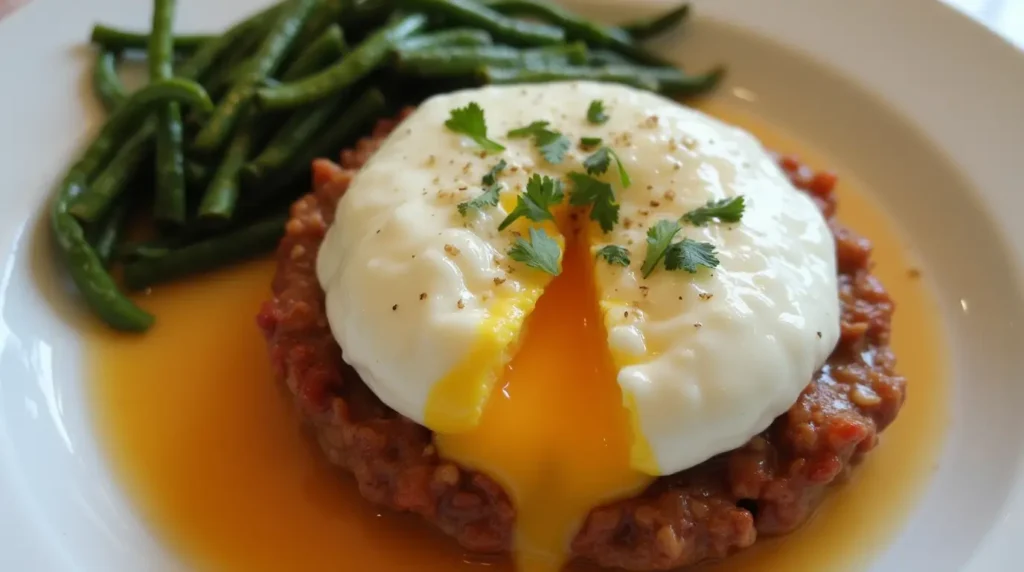
What is a Poached Eggs Recipe?
Poached eggs are cooked in simmering water, resulting in a delicate egg white encasing a warm, runny yolk. Because no oil or fat is required, they’re a great option for health-conscious eaters.
They are also incredibly versatile and can be served on everything from toast and salads to grain bowls or alongside hearty vegetable dishes. Looking for fresh inspiration? Serve your poached eggs with this Spinach and Strawberry Salad or this refreshing Quinoa Salad.
Ingredients
To make two perfectly poached eggs, you’ll need:
- 2 large fresh eggs
- 4 cups water
- 1 tablespoon distilled white vinegar (optional)
- Pinch of salt
- Paper towels for drying
- Slotted spoon
- Small bowl or ramekin for cracking eggs
Step-by-Step Instructions
Follow this method carefully to achieve consistently perfect results:
1. Prepare the Water
- Pour 4 cups of water into a saucepan and heat it until it gently simmers—avoid allowing the water to reach a full boil. You’re aiming for a few soft bubbles rising to the surface.
- Add a pinch of salt and 1 tablespoon of vinegar (optional).
The vinegar can help the proteins in the egg white coagulate more quickly, reducing the chances of wispy whites floating around the pot.
2. Prep the Egg
- Break the egg into a small cup or prep dish. This makes it easier to slide the egg smoothly into the hot water and keeps the yolk intact.
3. Create a Vortex (Optional)
- Use a spoon to gently stir the simmering water in a circular motion.
Spinning the water helps keep the egg more compact by guiding the white to settle neatly around the yolk.
4. Add the Egg
- Gently lower the egg into the center of the swirling water.
- Let it cook undisturbed for 2 ½ to 3 minutes for a runny yolk, or up to 4 minutes for a more set center.
5. Remove and Drain
- Scoop out the egg using a spoon with drainage holes, such as a skimmer or slotted spoon, and let any remaining water drip off before transferring to a plate.
Set the egg on a clean towel or paper towel to let any extra moisture drip off before serving.
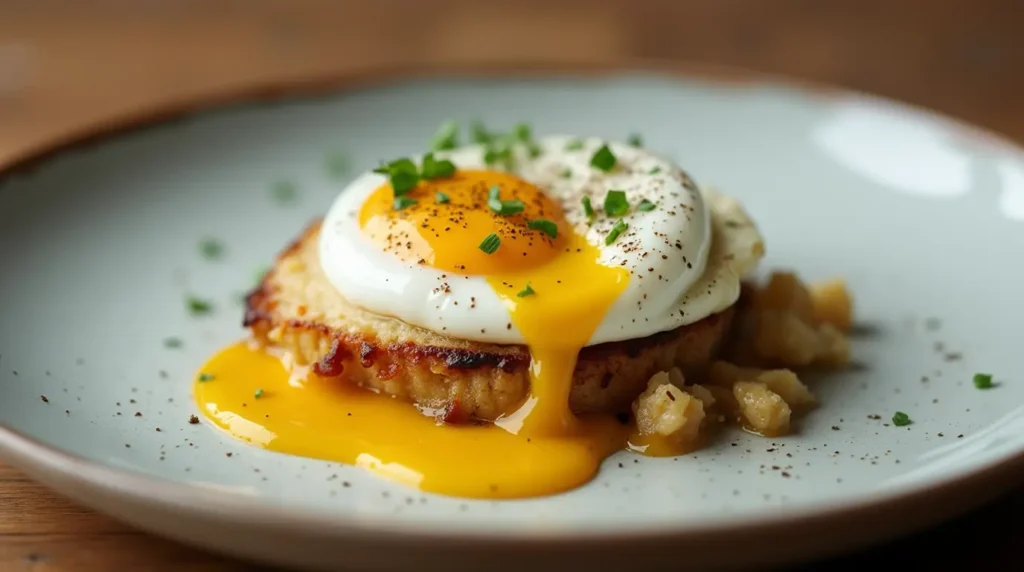
Tips for Success
- Use fresh eggs. Older eggs have looser whites and are more likely to spread.
- Simmer, don’t boil. High heat breaks the whites apart.
- Vinegar is helpful, but not necessary. It’s particularly helpful when poaching multiple eggs at once.
Once you’re comfortable with the basics, you can start batch-poaching. Make several at once and store them in cold water in the refrigerator. To reheat, simply drop into hot water for 30 seconds.
Serving Ideas and Recipe Pairings
Now that you’ve mastered poached eggs, here are some ways to enjoy them with other recipes from Freshly Made Recipes:
1. With Whole Grains
Pair a poached egg with this colorful Quinoa Salad for a high-fiber, protein-rich meal.
2. On Avocado Toast
Top toasted sourdough or whole grain bread with Avocado Butter and a poached egg for a quick and trendy brunch.
3. On Baked Dishes
Enhance a slice of Potato Crust Quiche with a poached egg for an indulgent texture contrast.
4. With Roasted Veggies
Serve poached eggs on top of Roasted Broccoli or Zucchini Boats for a nutrient-packed lunch or dinner.
5. Inside Omelets
Add a poached egg to the center of a Crab Omelet Recipe for a creamy surprise.
Health Benefits
Poached eggs are:
- Low in calories (approximately 70–80 calories per egg)
- High in protein (6 grams per egg)
- Free of added oils or butter
- Rich in vitamins A, D, E, B12, and selenium
Because they’re not fried or scrambled in fat, poached eggs are ideal for heart-healthy diets and clean eating plans.
If you’re focusing on protein intake, check out these High Protein Egg White Bites, a great complement to poached eggs in meal prep routines.

FAQs About Poached Eggs
How do you keep the egg white from spreading?
Use vinegar and fresh eggs. The fresher the egg, the firmer the white.
Can I use this method for more than one egg?
Yes. Just be sure to use a larger pot and add each egg slowly, allowing space between them.
Can I poach eggs in advance?
Absolutely. Store them in cold water in the fridge and reheat briefly in hot water.
Do I need a poaching pan?
Not at all. A simple saucepan, water, and a slotted spoon are all you need.
Final Thoughts
Poached eggs are one of the simplest yet most elegant additions you can make to your meals. They elevate everything from salads and toast to stews and grain bowls. Whether you’re a beginner or a seasoned cook, learning to poach an egg gives you a timeless skill and opens the door to endless healthy and creative meals.
Want to explore more protein-packed ideas? These Egg Muffins Made Easy are a meal prep favorite and a great alternative to poached eggs when you’re on the go.

